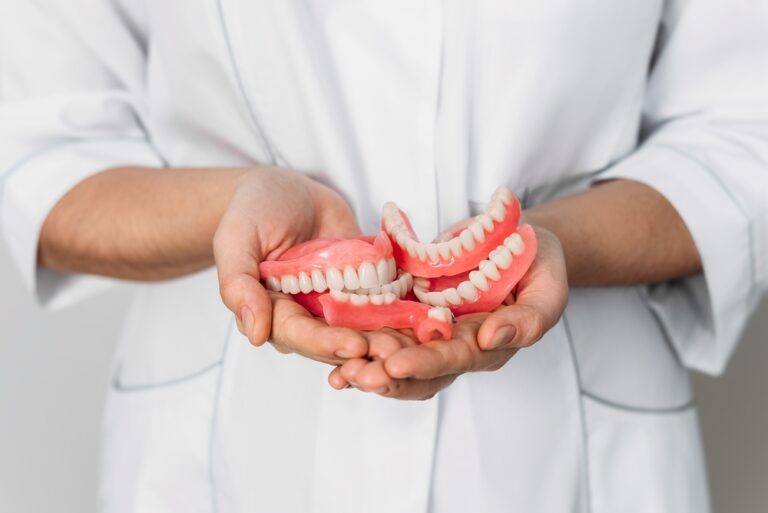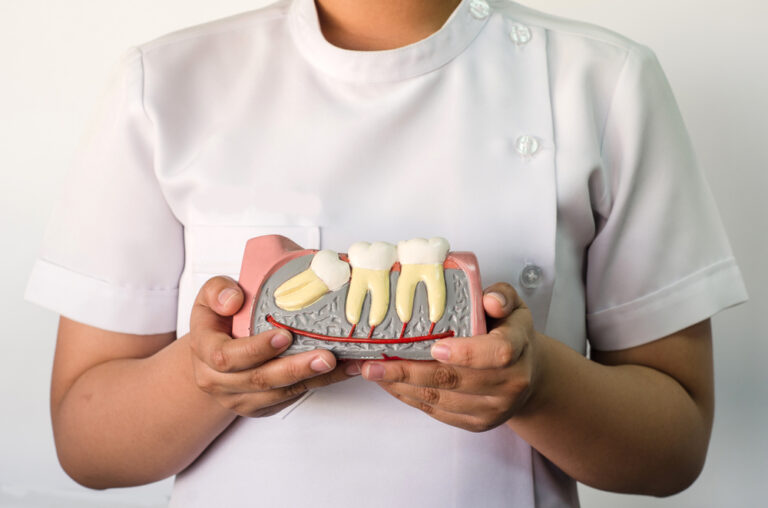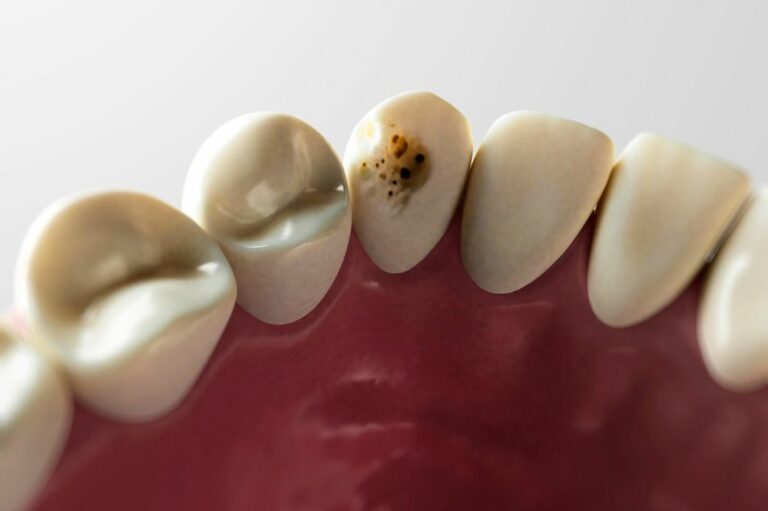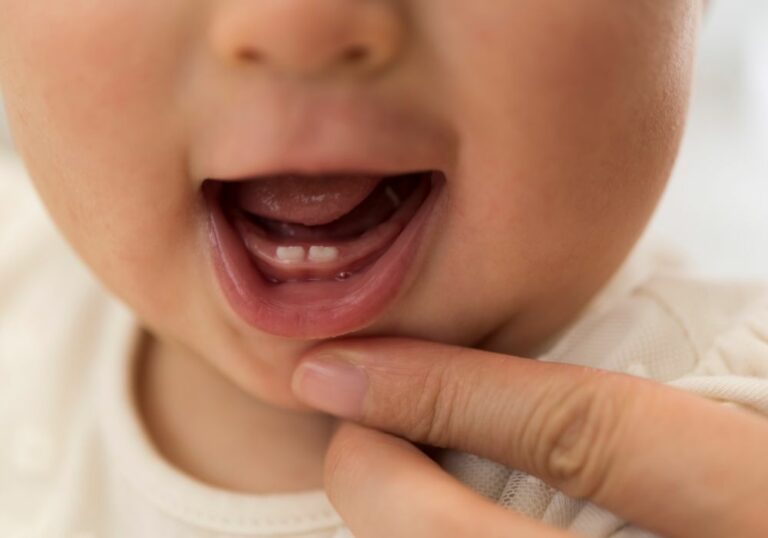Having a bright, white smile can make a huge difference in your appearance and self-confidence. But expensive professional teeth whitening treatments are often beyond people’s budgets. The good news is that choosing the right toothpaste and brushing properly can lead to gradual, natural whitening over time. But is it really possible to whiten your teeth using just toothpaste?
Toothpastes aimed at whitening rely on abrasives and chemical agents to remove stains from the tooth enamel surface. Used consistently and correctly, quality whitening toothpastes can safely lighten discoloration by 1-3 shades over 4-6 weeks. While not as dramatic as professional bleaching treatments, toothpaste whitening can be an affordable way to gently brighten your smile.
How Do Toothpastes Whiten Teeth?
Whitening toothpastes use a combination of abrasives and chemicals to lift stains off the teeth.
Abrasives
Toothpastes contain small particles that act as abrasives to physically scrub stains away. Common abrasives include:
- Silica: The most frequently used abrasive in whitening toothpastes. Silica is relatively gentle and effective at polishing away surface stains when used twice daily.
- Calcium carbonate: Also acts as a mild abrasive when used in toothpaste. Less harsh than other abrasives.
- Aluminum oxide: A stronger abrasive compared to silica, but may be too harsh for daily long-term use.
- Hydrated silica: More porous than silica which increases stain removal, but higher abrasiveness can damage enamel over time.
The concentration of the abrasive matters – higher concentrations increase stain removal, but also increase abrasiveness. Moderately abrasive silica-based toothpastes are generally the safest for daily whitening.
Chemical Agents
Whitening toothpastes also use chemicals to brighten tooth color. Common agents include:
- Hydrogen peroxide: An effective bleaching agent that works by breaking up stain molecules. Most over-the-counter toothpastes contain 1-2% hydrogen peroxide. Higher concentrations are found in professional whitening gels used with trays or in-office treatments.
- Carbamide peroxide: Breaks down into hydrogen peroxide. Concentrations in drugstore toothpastes are lower (5-10%) compared to 15-20% concentrations in dentist-provided trays.
- Sodium hexametaphosphate: Helps break up dental calculus deposits that can cause discoloration.
The concentration of these chemicals, especially hydrogen peroxide, has a major influence on the toothpaste’s whitening power. However, higher concentrations increase tooth sensitivity and can damage gums if contact is prolonged.
Factors That Impact Whitening Effectiveness
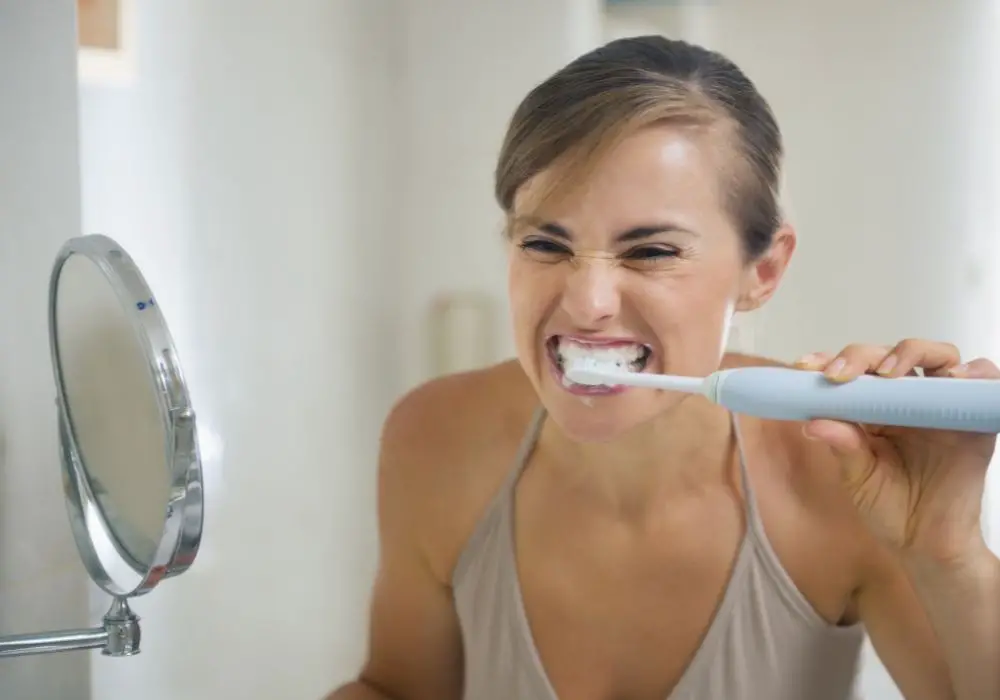
Not all toothpastes are equal when it comes to whitening. Some work better than others based on:
- Abrasive type and concentration – As outlined above, abrasive particles like silica provide a physical scrubbing action while chemicals like peroxide bleach stains. More powerful abrasives and higher chemical concentrations increase whitening ability.
- Regular use – Unlike one-time professional treatments, using a whitening toothpaste relies on regular daily use over an extended period. Gradually removing stains over weeks of brushing provides progressive whitening. But the effects diminish if you stop consistent use.
- Brushing technique – Scrubbing all tooth surfaces for a full two minutes allows abrasives in the toothpaste to physically wear away stains for brighter teeth. Proper technique is key for best results.
- Diligence in oral hygiene – Removing plaque buildup and maintaining clean teeth between dental visits prevents stains from setting into the enamel, necessitating less intensive whitening.
Types of Whitening Toothpastes
With countless choices on the market, here is an overview of some of the most common whitening toothpaste varieties:
- Whitening toothpastes – Contain moderate abrasives like silica and low concentrations of hydrogen peroxide around 2%. Provide gradual brightening with regular use. Examples are Crest 3D White and Colgate Optic White.
- Whitening & sensitive – Formulated for people with teeth sensitivity but still want whitening. Use milder abrasives and minimal or no peroxide. Help slowly remove stains while being gentle. Example is Sensodyne Pronamel Gentle Whitening.
- Advanced stain removal – Higher abrasive concentrations to scrub away stubborn extrinsic stains from coffee, wine, smoking, etc. May not contain peroxide. Examples include Crest Extra White and Colgate Total Advanced Deep Clean.
- Charcoal – Contain activated charcoal which has a porous texture to absorb surface stains on teeth. Most do not include abrasives or peroxide. Whitening effectiveness is debatable and may be abrasive long-term.
Expected Whitening Results from Toothpaste
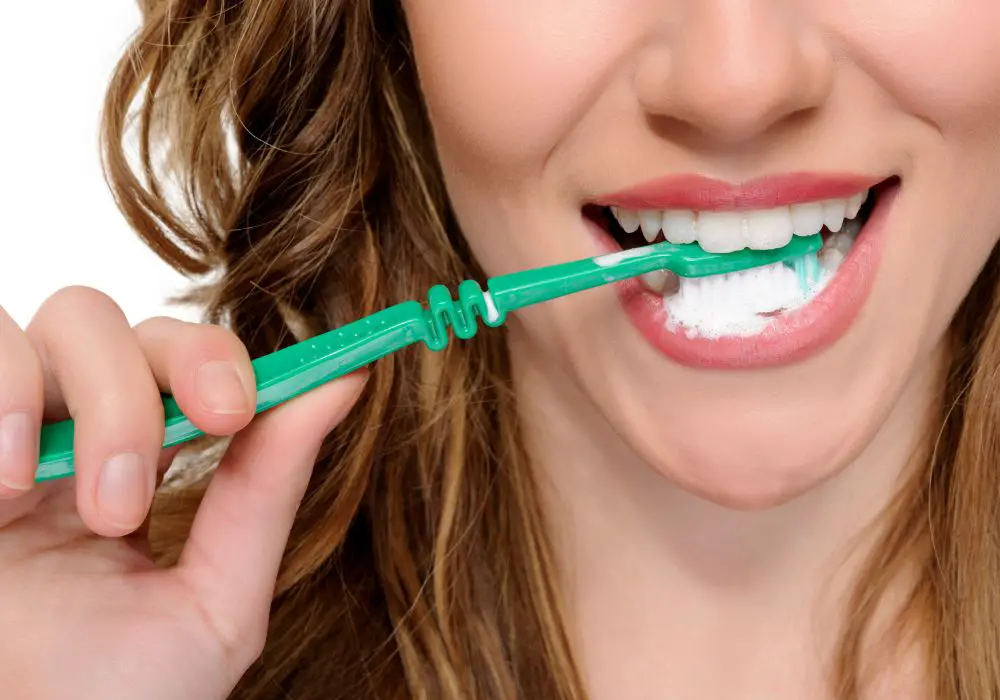
Managing expectations is important when it comes to toothpaste whitening. The maximum level of whitening you can expect is:
- On average, 1-2 shades brighter over 4-6 weeks of daily use.
- Some studies show 2-3 shades of whitening after 6 weeks using a paste with higher abrasive concentrations.
- Gradual lightening over time rather than drastic, immediate results.
- Surface stains may whiten more than deeper internal stains.
- Preventing new stains through removing plaque before it calcifies and discolors teeth.
These modest levels of whitening will not match professional bleaching treatments. However, done consistently toothpaste can remove shallow extrinsic stains to moderately brighten your smile. Taking photos over time helps track subtle improvements in whiteness.
Professional Whitening vs. Toothpaste
While whitening toothpaste can provide moderate brightening, professional teeth whitening options used under dental supervision lead to more significant whitening:
| Whitening Method | Whitening Level | Duration | Cost |
|---|---|---|---|
| Whitening Toothpaste | 1-3 shades | 4-6 weeks | $ |
| Whitening Strips | 3-7 shades | 1-2 weeks | $$ |
| Custom Trays from Dentist | 6-10+ shades | 2-4 weeks | $$$ |
| In-Office Power Whitening | 8-10+ shades | 1 hour | $$$$ |
Professional methods involve higher peroxide concentrations and light activation which better penetrate stains deep in the enamel. If you have severe discoloration, toothpaste alone will not provide enough whitening.
Tips for Whitening with Toothpaste
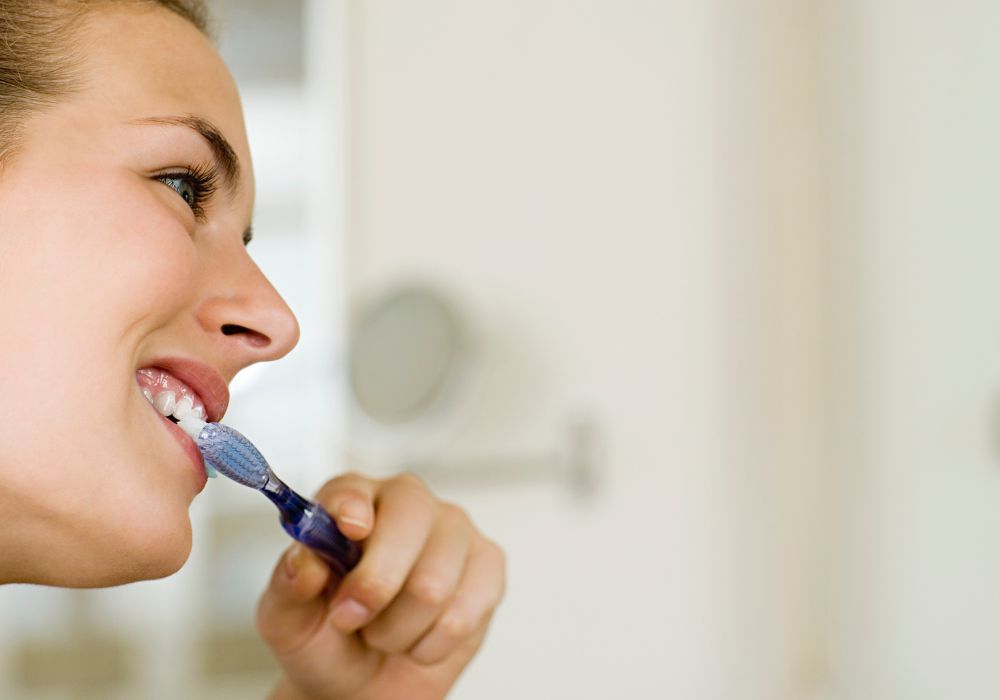
Follow these tips to maximize your whitening results using toothpaste:
- Choose a quality toothpaste with effective but non-irritating abrasives and whitening agents. Avoid highly abrasive formulas if you have sensitivity.
- Brush for a full 2 minutes, twice per day, using proper technique to expose all tooth surfaces to the abrasives and chemicals.
- Rinse mouth thoroughly after brushing to remove residual peroxide that can irritate gums if left on the teeth.
- Apply lip balm and sunscreen when going outside, as peroxide can increase sun sensitivity. Discontinue use if you experience pain or sensitivity.
- Maintain excellent oral hygiene and regular dental cleanings for minimal plaque buildup and extrinsic stains.
- Avoid heavily staining foods and drinks like coffee, red wine, tobacco, etc. during the whitening treatment period.
- Use whitening toothpaste consistently for 4-6 weeks to see gradual brightening. Take weekly photos to track subtle changes in whiteness.
Conclusion
While not a substitute for professional bleaching, certain toothpastes can provide modest whitening of 1-3 shades when used properly over 4-6 weeks. This can remove some superficial stains for a naturally brighter smile. Daily use must be maintained long-term as relapse will occur if discontinued. For significant discoloration, more intensive methods would be recommended. But for gradual, gentle brightening toothpaste can be an affordable option.
Frequently Asked Questions
Q: How long until I see tooth whitening when using a whitening toothpaste?
A: You should notice very subtle changes in tooth color after 2-3 weeks of consistent daily use. More noticeable lightening will occur after 4-6 weeks of continual use. Taking weekly photos helps track gradual progress.
Q: Is whitening toothpaste safe for enamel?
A: When selected and used as directed, quality whitening toothpastes will not damage enamel. However, highly abrasive formulas can wear away enamel over time if used excessively. Milder silica-based toothpastes are the safest choice.
Q: Can whitening toothpaste be used daily long-term?
A: Yes, whitening toothpaste is designed for daily use. However, take occasional 1 week breaks after 3 months of continual use to minimize chances of enamel abrasion. Discontinue use if you experience sensitivity or pain.
Q: How does activated charcoal toothpaste compare to regular whitening toothpaste?
A: There is limited evidence showing activated charcoal toothpaste is effective for whitening. While likely safe for occasional use, long-term use could potentially damage enamel. Traditional whitening toothpastes with mild abrasives tend to be safer and more reliable.
Q: Should I brush with whitening toothpaste before or after eating/drinking?
A: For best results, brush with whitening toothpaste first thing in the morning before any eating or drinking. This prevents stains from temporarily adhering to the teeth before the whitening ingredients can act.


